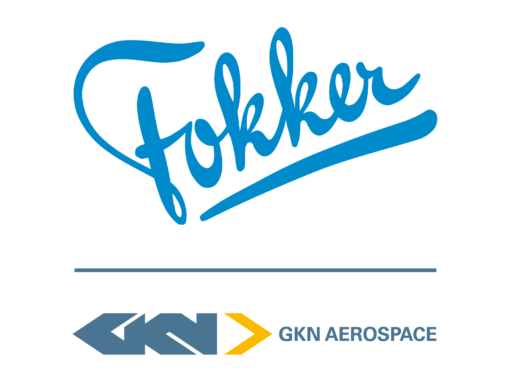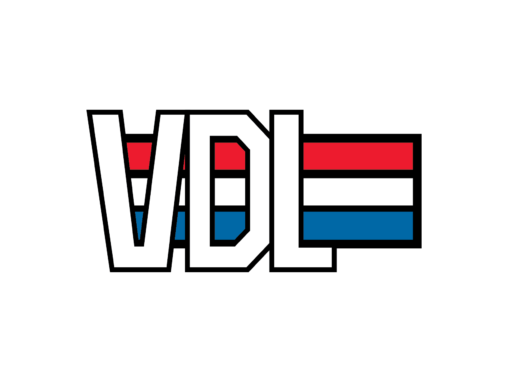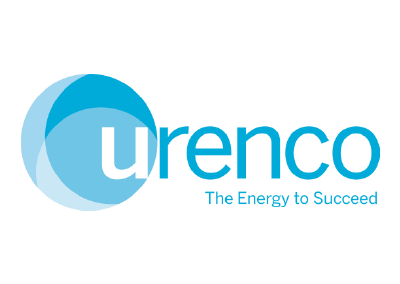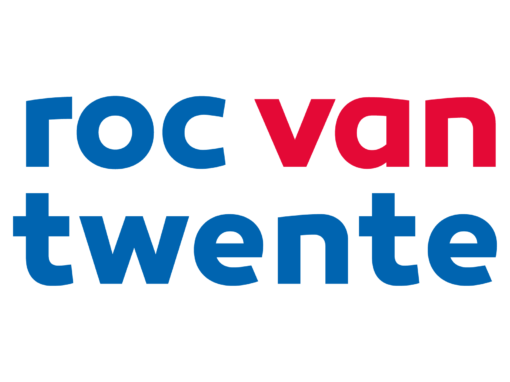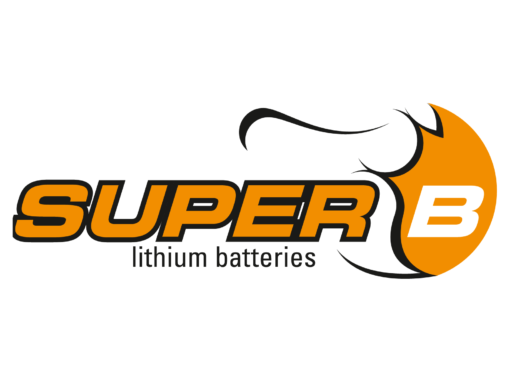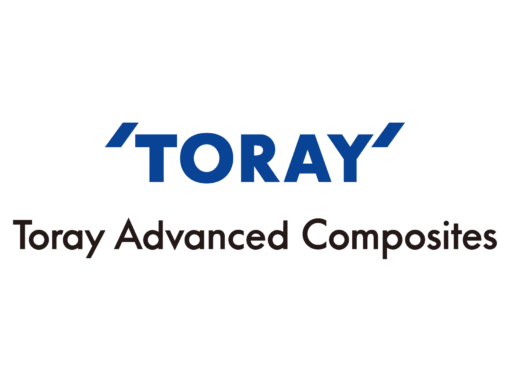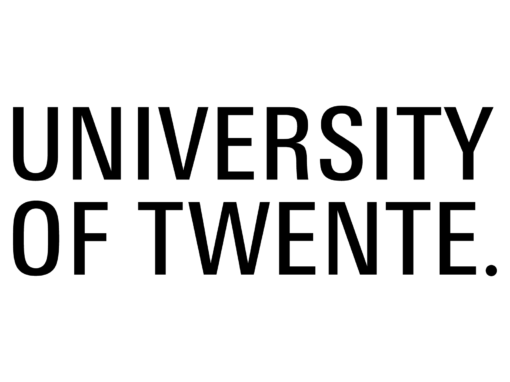Imagine twenty-one students with one common goal: building the most efficient solar vehicle of the world. The students of Solar Team Twente develop a new solar car from scratch within only one year. This car is designed to drive more than 3.000 kilometers by only using solar energy. Sounds crazy? It is, but student team Solar Team Twente makes the impossible possible. By competing in several solar races around the world, the team challenges the limits of existing technology every year. In october 2023 the team will participate in the unique and extremely challenging Bridgestone World Solar Challenge, driving from Darwin to Adelaide through the outback in Australia.
Solar Team Twente entails passion for innovation, passion for efficient mobility, and passion to inspire others. With over 15 years of experience and a strong network of companies and former team members, they prepare for the races like others would for the Olympics. A new team starts every 2 years in September, participates in the iLumen European Solar Challenge in Belgium in the same month and then works hard for one year to build the most efficient solar car of the world. The car is able to drive across the Australian continent only powered by solar energy, which means that efficiency is key. Several aspects of the car are affecting the efficiency, so they must be designed well. Examples are the aerodynamic shape, the performance of the battery and of course the efficiency of the solar panel. Within this interdisciplinary team, the three sub-teams must work closely to realize a reliable and efficient solar car.
The solar team is located in Enschede, the Netherlands. It is part of the University of Twente, Saxion University of Applied Sciences and ROC van Twente. Solar Team Twente is one of the biggest student teams of the Netherlands. It unites more than 150 companies in and outside the country to build the most efficient solar car of the world together with the team. Team members pause their studies for one and a half years to show what one can achieve in a short period of time. Their goal is to inspire others to contribute to a more sustainable society themselves. Together, we make a difference!
Management Team
Kirsten Bouwman
Race Lead / Team Manager
My name is Kirsten Bouwman. I am 23 years old, and I will be the Team Manager of the most exciting team in Twente! The main goal is to participate and win the Bridgestone World Solar Challenge with our own solar car. This project is a perfect match for my interests in sustainability, technology, and innovation. After four years of Industrial Design Engineering the opportunity to be part of Solar Team Twente occurred. Now it is time to go all-in!


Tim Woertman
Team Manager / Technical Manager
My name is Tim Woertman, I am 22 years old, and I am the new Technical Manager of Solar Team Twente. During my studies as Industrial Design Engineer I always tried to challenge the impossible and investigate creative solutions for big problems. I am enthusiastic to work together in this highly motivated team and to challenge ourselves to the best of our extent. As Technical manager, I will be responsible for bringing the technical team together and involving our many technical partners in this amazing project!
Jessica Bos
Operational Manager
My name is Jessica Bos, I am 23 years old and the Operational Manager of the team. In my study Industrial Design Engineering I gained a lot of experience in design projects and in working together in a multidisciplinary team. As Operational Manager, I am responsible for the operations of and in Australia. Joining Solar Team Twente allows me to develop and improve my professional skills, gain practical experience, and contribute to a more sustainable future at the same time!

Marketing & Communications Team
Hjalmar Lemmers
Accountmanager / PR
My name is Hjalmar Lemmers, and I am 24 years old. After finishing my third year In Industrial Engineering & Management, I wanted something else. Which was being an Acountmanager for Solar Team Twente. The combination of being a part of a student team, this unique adventure, and my interest in external affairs makes Solar Team Twente the perfect fit for me. As Accountmanager I am responsible for balancing the budget and contacting our partners!


Marten van den Brink
Content Marketeer / PR
My name is Marten van den Brink, currently I am 23 years old, and I will fulfill the function of Content Marketeer for the team. After my second year of studying Industrial Design Engineering, I wanted to bring my knowledge and skills into practice. Working with such a wonderful team on such a great project is a dream that comes true, and I am really looking forward to all the new things that I will learn and experience within this one and a half year.
Daan van Haren
Marketing and Communication Manager / Events / PR
My name is Daan van Haren, and I am 22 years old. During this 10th edition of Solar Team Twente, I am part of the marketing & communication team and mainly responsible for the events and PR. After finishing my bachelor Technical Medicine, I was searching for an inspiring challenge that would provide a different experience than I would get in the technical and medical field. In addition, I wanted to have the opportunity to work in a highly motivated, multidisciplinary team. For me, Solar Team Twente is the ideal opportunity because it combines these qualities.
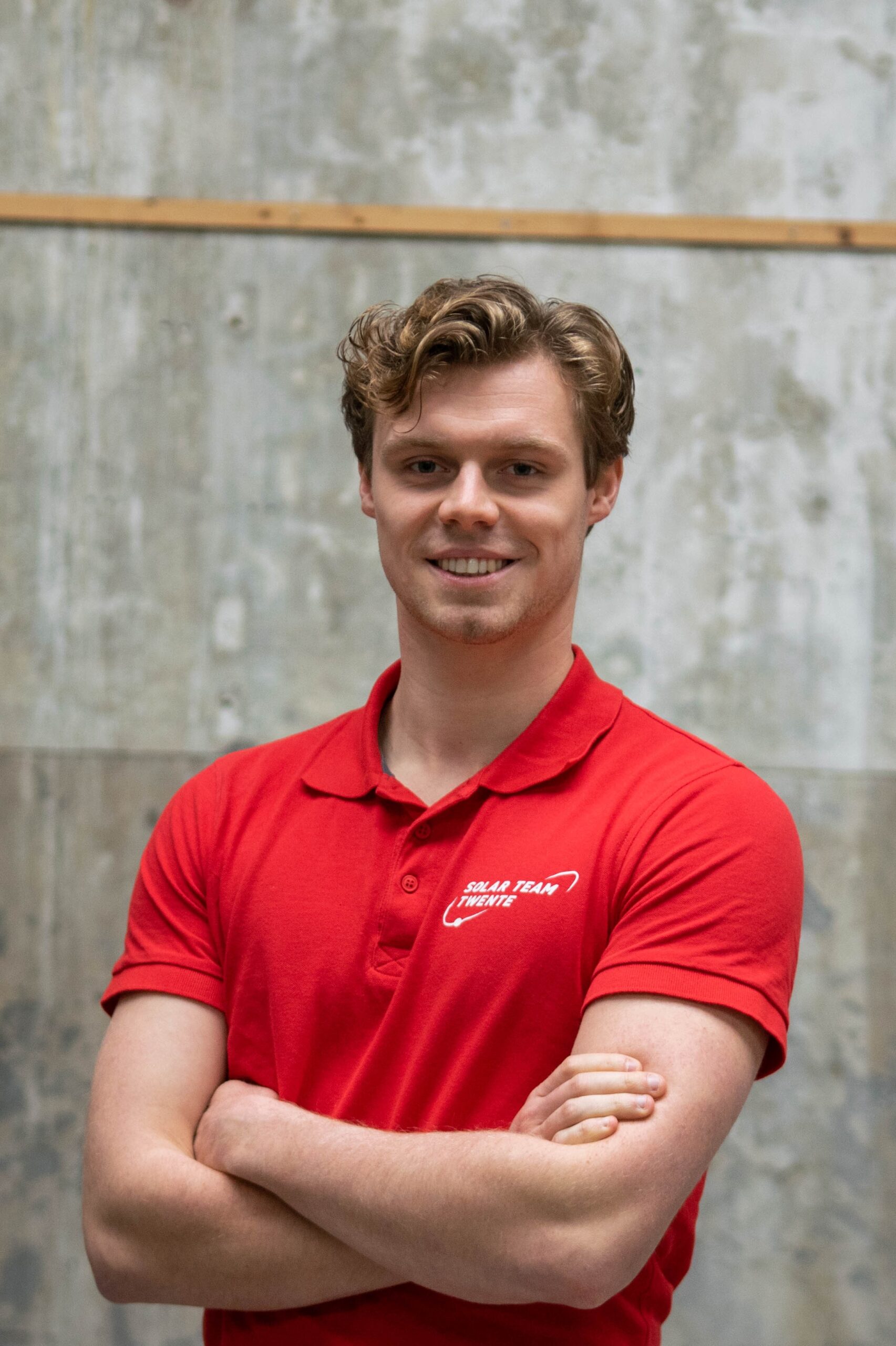
Technical Team
Tom Roossink
Research & Development Engineer
My name is Tom Roossink, I am 22 years old. Since I began studying, I have been interested in Solar Team Twente. After finishing my bachelor Advanced Technology, it is the perfect time to join this unique and insightful adventure with a group of motivated students. Fulfilling the new function of Research & Development Engineer, I will look at opportunities to make the car even lighter and efficient.


Mark Boulogne
Strategist
My name is Mark Boulogne and I am 23 years old. After finishing my bachelor in Applied Physics, I wanted to be a part of a motivated team that is working with the latest technology. This is why when I learned that Solar Team Twente needed a Strategist, I immediately knew I was going to apply for this position.
Jurre van der Schaaf
Data Acquisition
My name is Jurre van der Schaaf, 25 years old and a Computer Science student at the University of Twente. For many years, I’ve been following the World Solar Challenge and Solar Team Twente. Fulfilling the position of Data Aquisist is therefore a dream coming true. I am responsible for all the data collection and other software in and around our solar car and I will do everything I can to win the race in Australia.


Sven Termaat
Mechanical Engineer
My name is Sven Termaat. I am 21 years old and study mechanical engineering at Saxion University of Applied Sciences. This edition, I will fulfill the mechanics position within the team. I have always been interested in how mechanical systems work and that curiosity comes in handy in this position. Participating in this project is therefore a nice way for me to be able to apply the knowledge I have acquired during my study and thereby gain new experiences during the project.
Niels Buiskool
Mechanical Engineer
My name is Niels Buiskool and I am 23 years old. As a mechanical engineering student, I am very interested in the latest technology regarding solar cars. My function as a mechanical engineer at Solar Team Twente therefore corresponds perfectly with my interests. Solar Team Twente gives me the opportunity to develop my skills further and gain practical knowledge, while also bringing new challenges. Hopefully, Twente will cross the finish line in first place at the next World Solar Challenge.


Danique Kottier
Driver / Structural Engineer
My name is Danique Kottier, 23 years old, a third year student of mechanical engineering at Saxion University of Applied Sciences in Enschede. I always wanted to push the latest technologies and what better project than Solar Team Twente to fulfill that dream. The coming edition I am one of the structural engineers responsible for the car’s structure. I am looking forward to working with the team and of course finishing first in the Bridgestone World Solar Challenge.
Lars Onland
Structural Engineer
My name is Lars Onland, I am 23 years old and a second year’s master student Mechanical Engineering at the University of Twente. During my studies I realized that I lacked some practical experience and since Solar Team Twente has always interested me, I knew that I wanted to be part of this team. As a structural engineer I am responsible for the design and production of all the carbon parts of the solar car. Together with the team, I aim to win the Bridgestone World Solar Challenge!


Melle Vriesema
Aerodynamics Engineer
My name is Melle Vriesema, I am 22 years old and will be designing the outer shell of the car as one of the three aerodynamic engineers in the current team. During the last year of my bachelor mechanical engineering I was looking for an interesting project to participate in before continuing with my masters. This project turned out to be Solar Team Twente. This team gives me the opportunity to use the knowledge I acquired during my study while working on topics I find interesting such as sustainability and transportation.
Coen Hackmann
Aerodynamics Engineer
My name is Coen Hackmann, I am 21 years old and fulfill the role of Aerodynamics Engineer within the team. I have been interested in the solar car community for a long time, so working with this team is a dream come true for me. Solar Team Twente enables me to apply the theories of my study Mechanical Engineering in a challenging way and gain practical experience in all kinds of technical disciplines. Together with Bart and Melle, I am designing the outer shell of the solar car to reduce the total drag as much as possible, with the end goal of course to win the Bridgestone World Solar Challenge 2023!


Bart Mol
Driver / Aerodynamics Engineer
My name is Bart Mol, I am a 22 year old student of Applied Physics at Saxion University of Applied Sciences. I will be filling the position of Aerodynamics Engineer. As an Aerodynamics Engineer I will be responsible for the design of the outer shell of the car and making it as efficient as possible. Efficiency and sustainability are subjects that I am very interested in. These subjects are what Solar Team Twente is all about.
Jelle de Haan
Driver / Electrical Engineer
My name is Jelle de Haan and I am one of the Electrical Engineers. I am 20 years old and after finishing my second year of my bachelor Electrical Engineering at the University of Twente I decided it was time for a real challenge. As I have been interested in the automotive industry and motorsport for years, I am fascinated by the element of competition pushing the limits of technology beyond imaginable. Becoming an Electrical Engineer of Solar Team Twente is an amazing opportunity to strive for the best performance and efficiency of a sustainable, electric car.


Jorian Zwerver
Electrical Engineer
My name is Jorian Zwerver, I am 21 years old and I am one of the Electrical Engineers of Solar Team Twente. As my function implies, I am a student of Electrical Engineering at the University of Twente. Joining Solar Team Twente is an amazing adventure and it gives me the opportunity to improve my professional and engineering skills. As one of the engineers, I am contributing towards the car of the future.
Yvar van der Bijl
Electrical Engineer
My name is Yvar van der Bijl, and I am currently 22 years old. I have finished my bachelor Electrical Engineering, for which I have chosen because I want to contribute to the improvement of the environment in a technical way. As an Electrical Engineer, it excites me to be working with enthusiastic people to develop efficient electrical systems at the highest level. If you combine all that with my passion for cars and racing, Solar Team Twente is the perfect fit for me!

How fast can the solar car go?
Why do the solar cars look different?
For 2021, the main changes are the following:
- 3 wheels are allowed again (instead of only 4 wheels)
- The solar array may not be bigger than 4.00 square metres
- The car may not be longer than 5.00 metres, which is roughly the length of a normal car
- The car may not be wider than 2.20 metres
- A mannequin with a height of 2.00 metres has to fit in the car
Do you have to be a student to participate?
How long do the members participate in the project?
Do you have to be doing a technical study program to participate?
- Technical team
- Marketing & Communications team
- Management team
For the last two sub-teams, you do not need a technical study background. More important is enthusiasm and passion for this project. Ideally, you have experience with project management, but that can also be learned on the job.
Our RED partners








